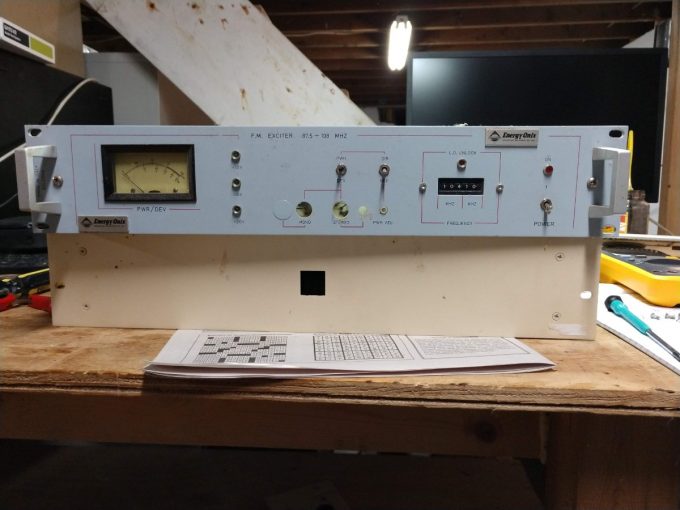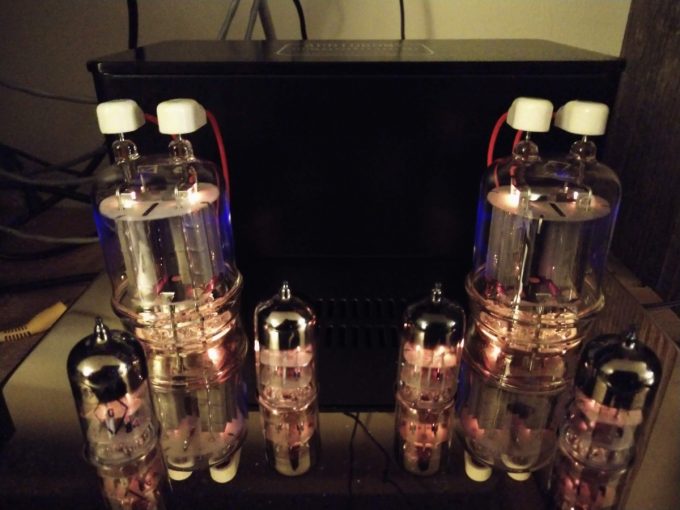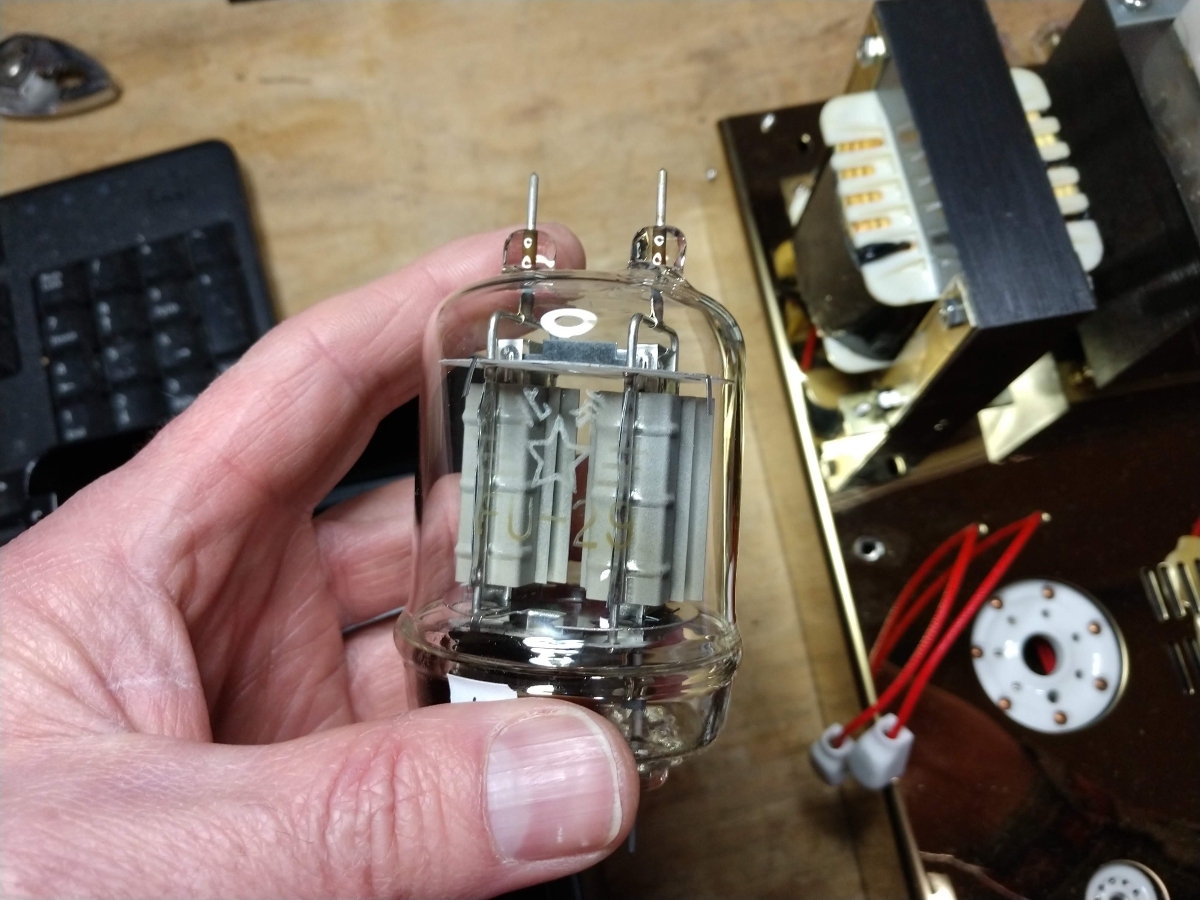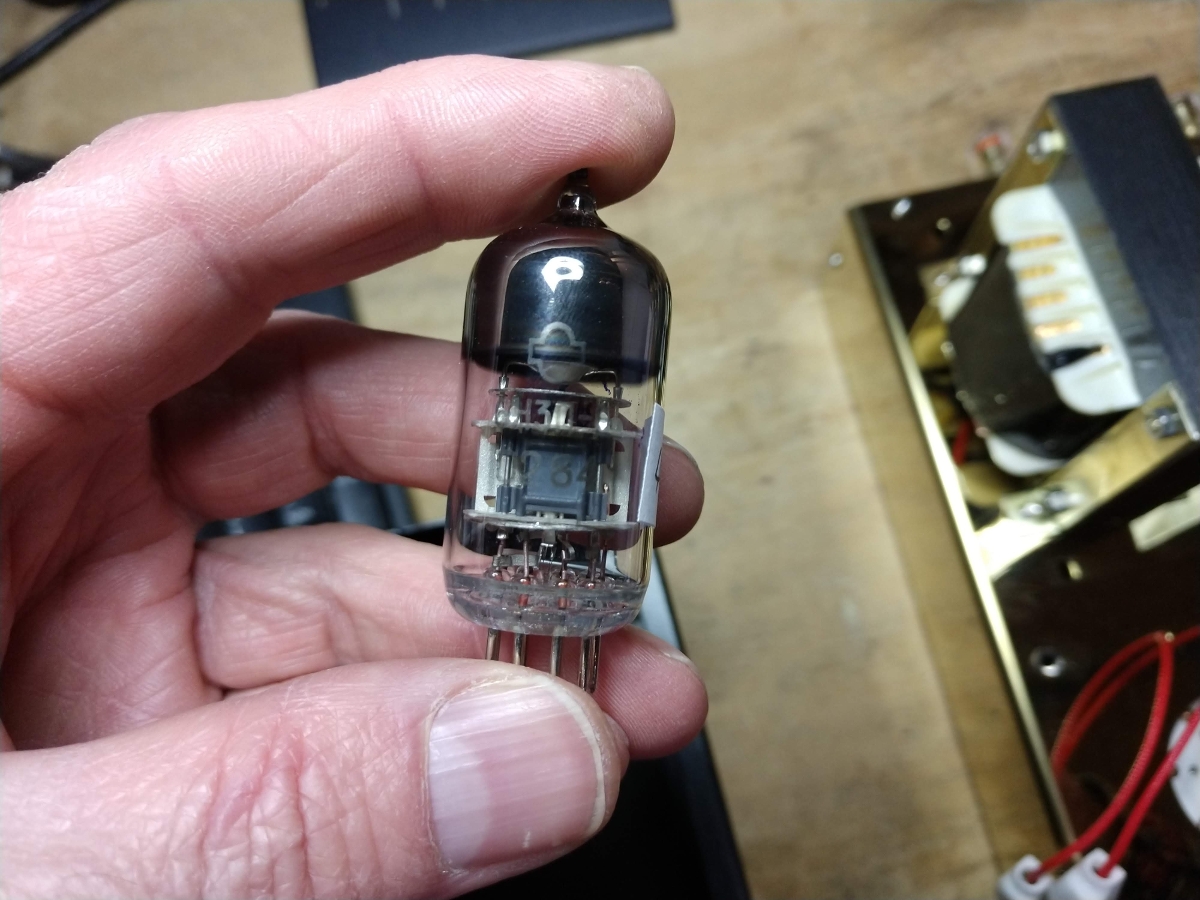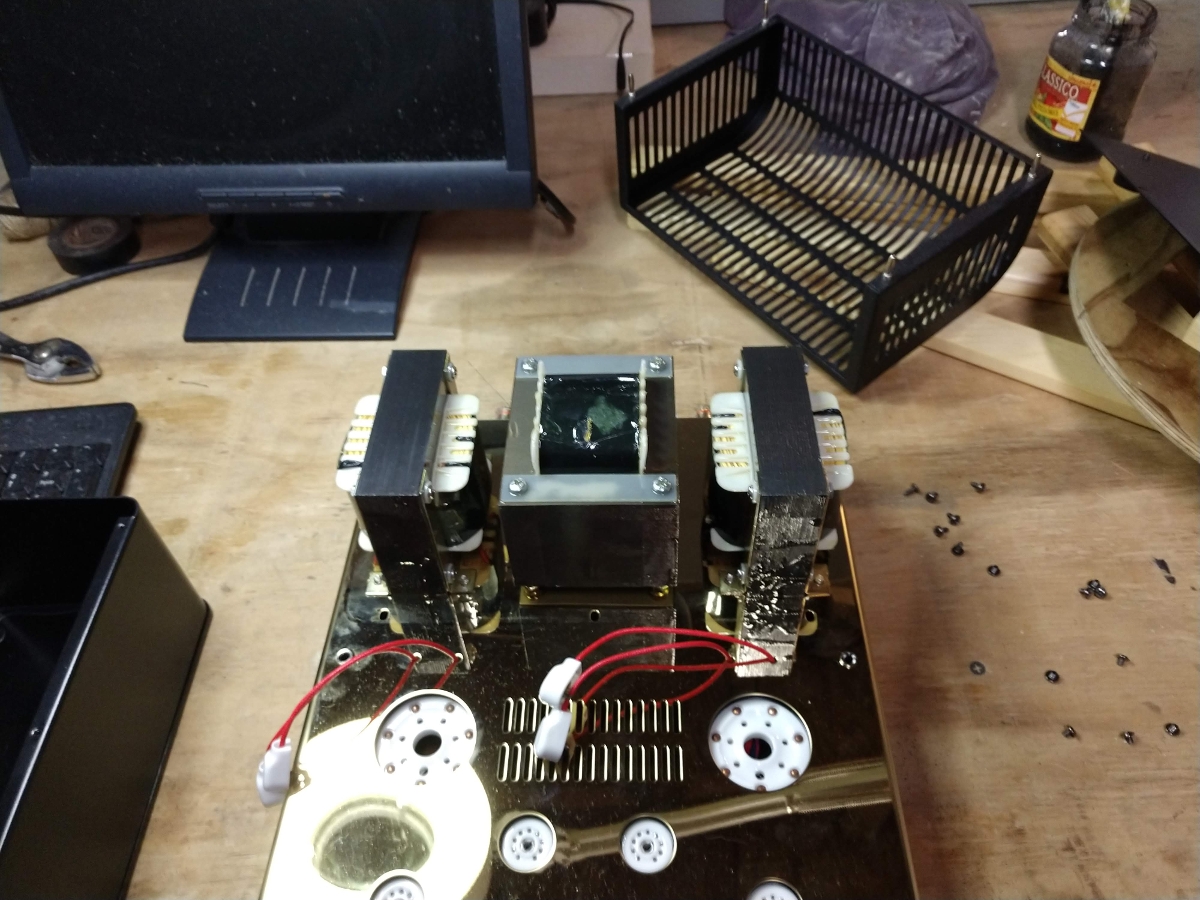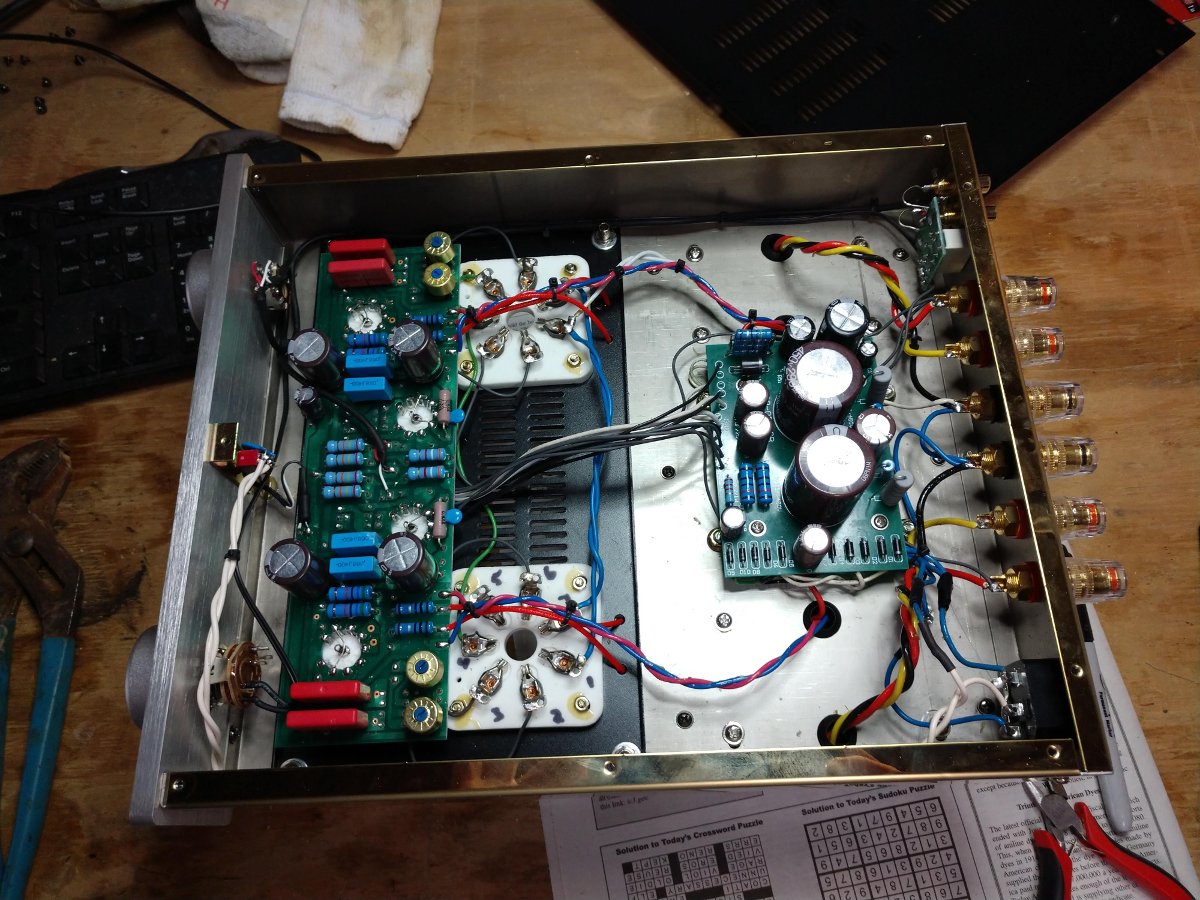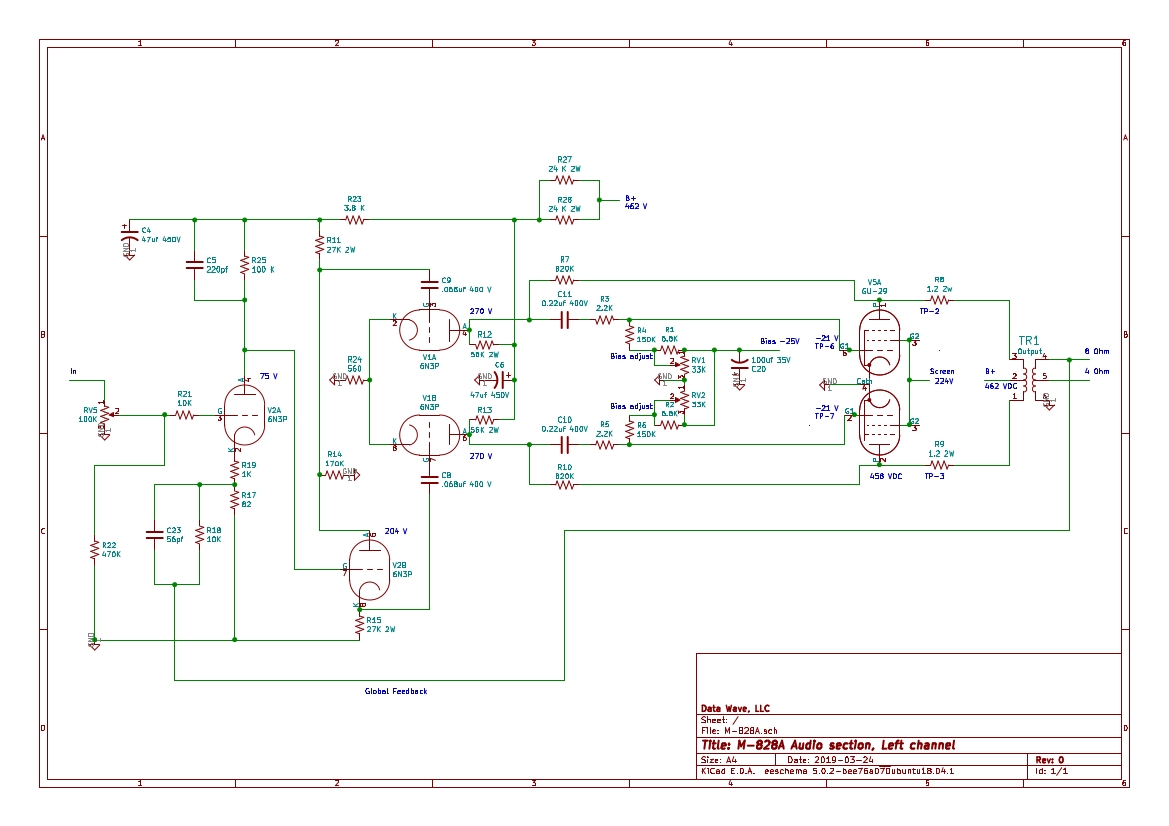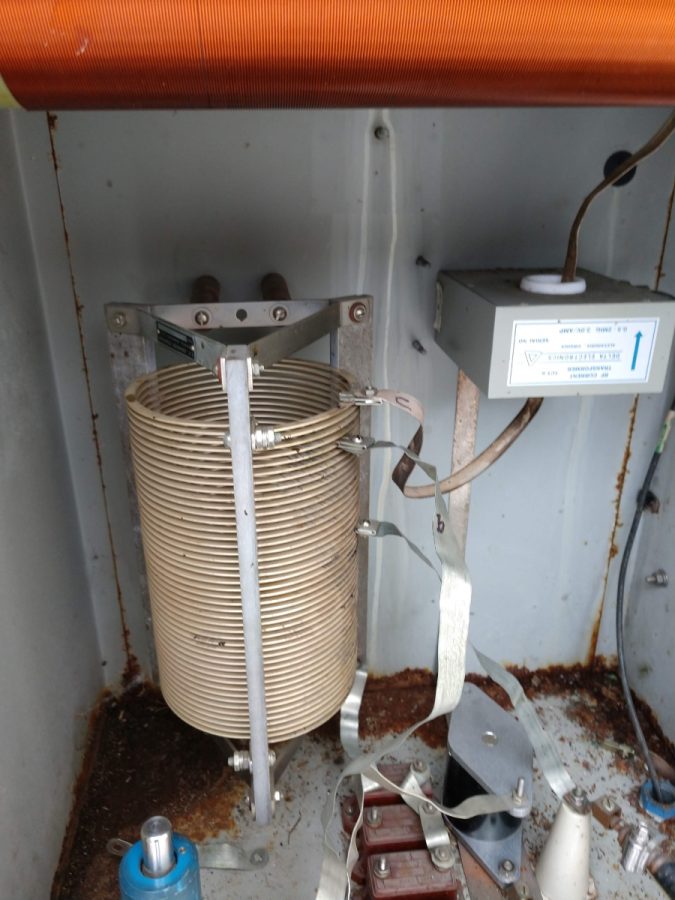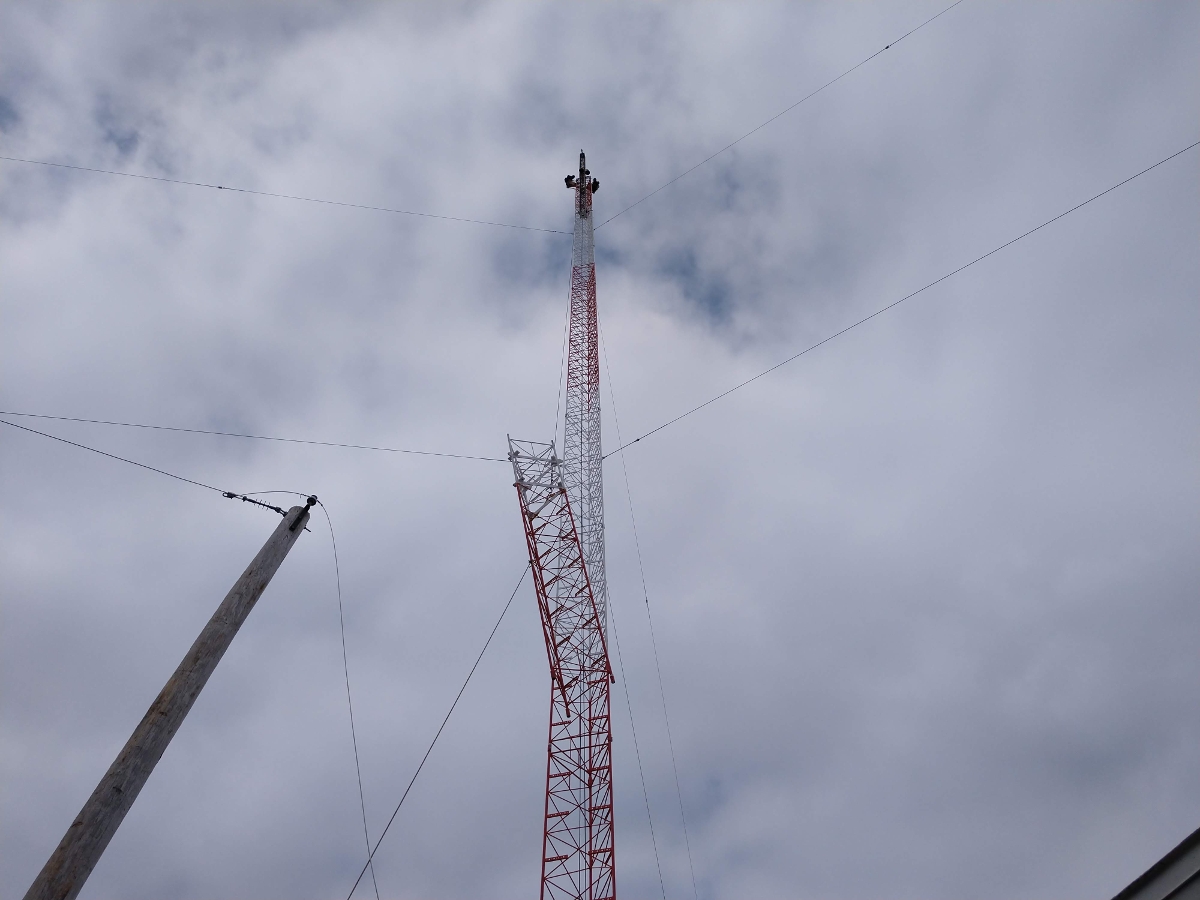Bad weather or other disasters can strike any time of year. Around these parts, the most dangerous weather events occur from early spring through late summer. In the past twenty years or so, we have had tornadoes, hurricanes, micro bursts, flooding events and so on. All of that got me thinking about what would happen if a tower came down, or a transmitter building was destroyed by fire, wind, water, etc.
If past events can predict future performance, there would ensue a mad scramble to replace damaged equipment and or get some type of temporary antenna into service. That is what happened in great City of North Adams, Massachusetts when the tower that held the cell carriers, the 911 dispatch, and the local FM radio station came down in an ice storm. Fortunately, we had a single bay Shively antenna at the shop that we trimmed up and installed on a temporary pole with 200 watts TPO.
That will cover the city of license, provided there is electricity…
What if there where an event that was so devastating that the electrical power would not be restored for months? Think about hurricane Maria in Puerto Rico. After that event, the infrastructure was so devastated that there was not even the possibility of getting a fuel truck to deliver diesel for the emergency generators at the hospital in San Juan. It can happen.
With that in mind, I began poking around and thinking about how I would get something back on the air. In the face of massive disasters, AM and FM radio is still the most effective way to communicate with the general public. Radios are still ubiquitous in homes, cars and businesses.
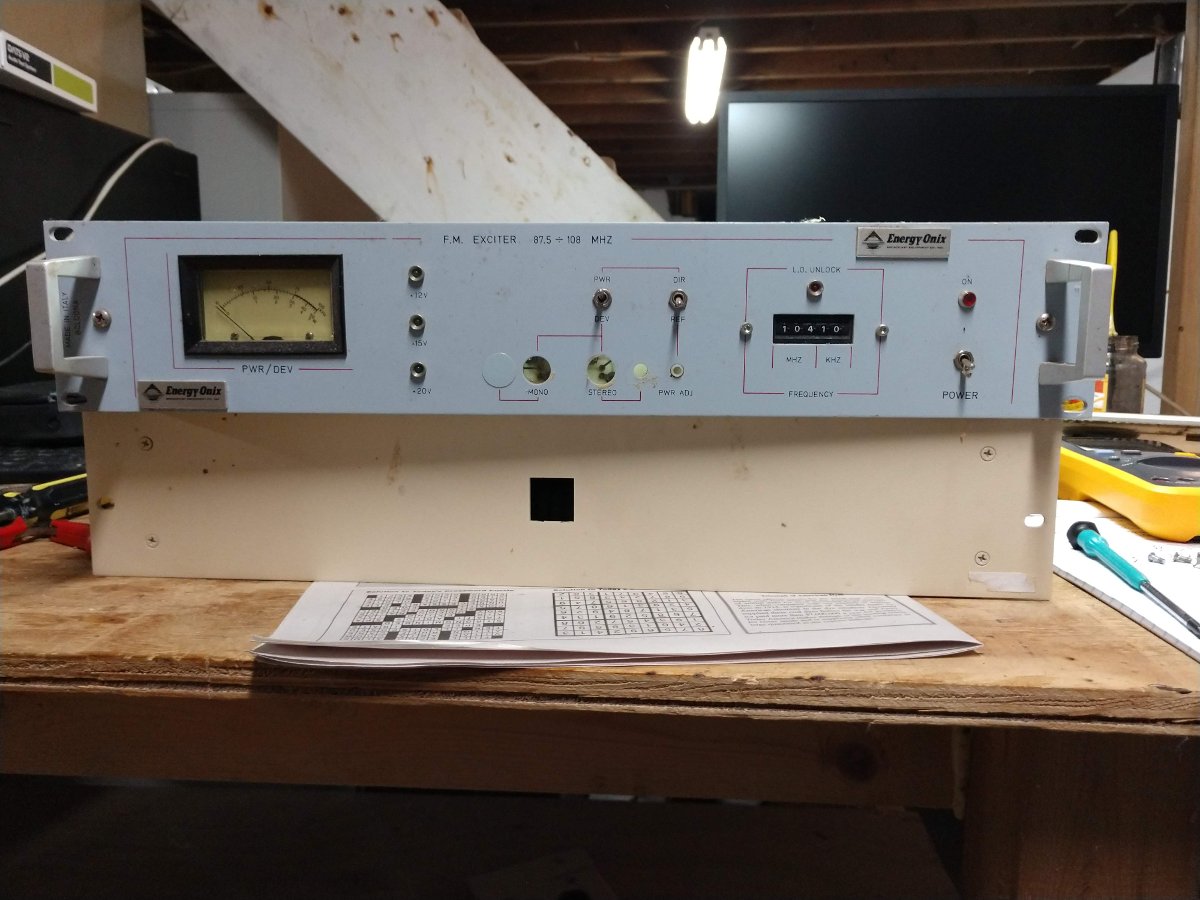
In a short period of time I came up with a couple of solutions. First, the frequency agile Bext exciter uses a single solid state rectifier feeding 24 volts to the power supply board. The audio input includes a mono balanced line level input which can be fed by a computer sound card or some other simple source.
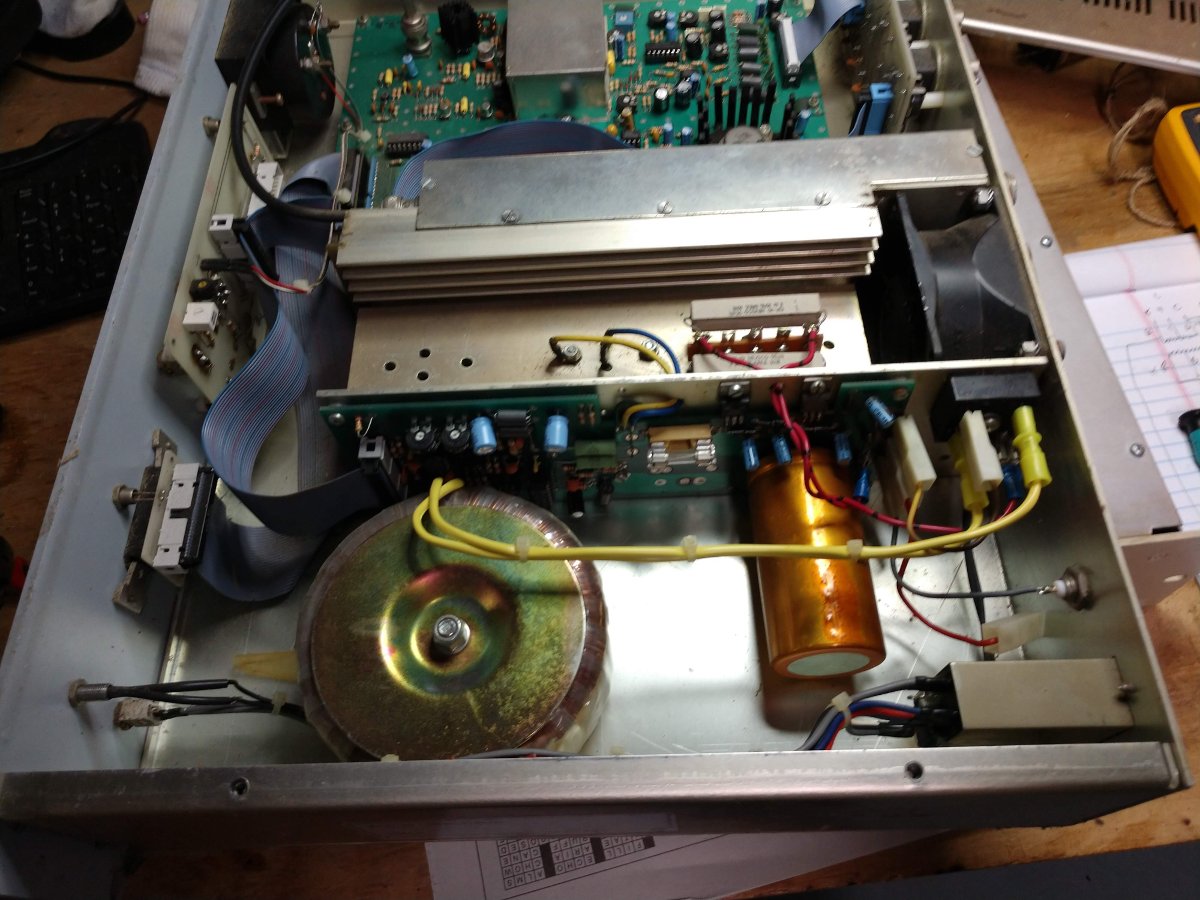
From there +12, +15 and +20 VDC are created to run various circuits. The heat sink cooling fan is the only thing that runs on 120 VAC, which is old and I might replace with a 24 VDC unit.
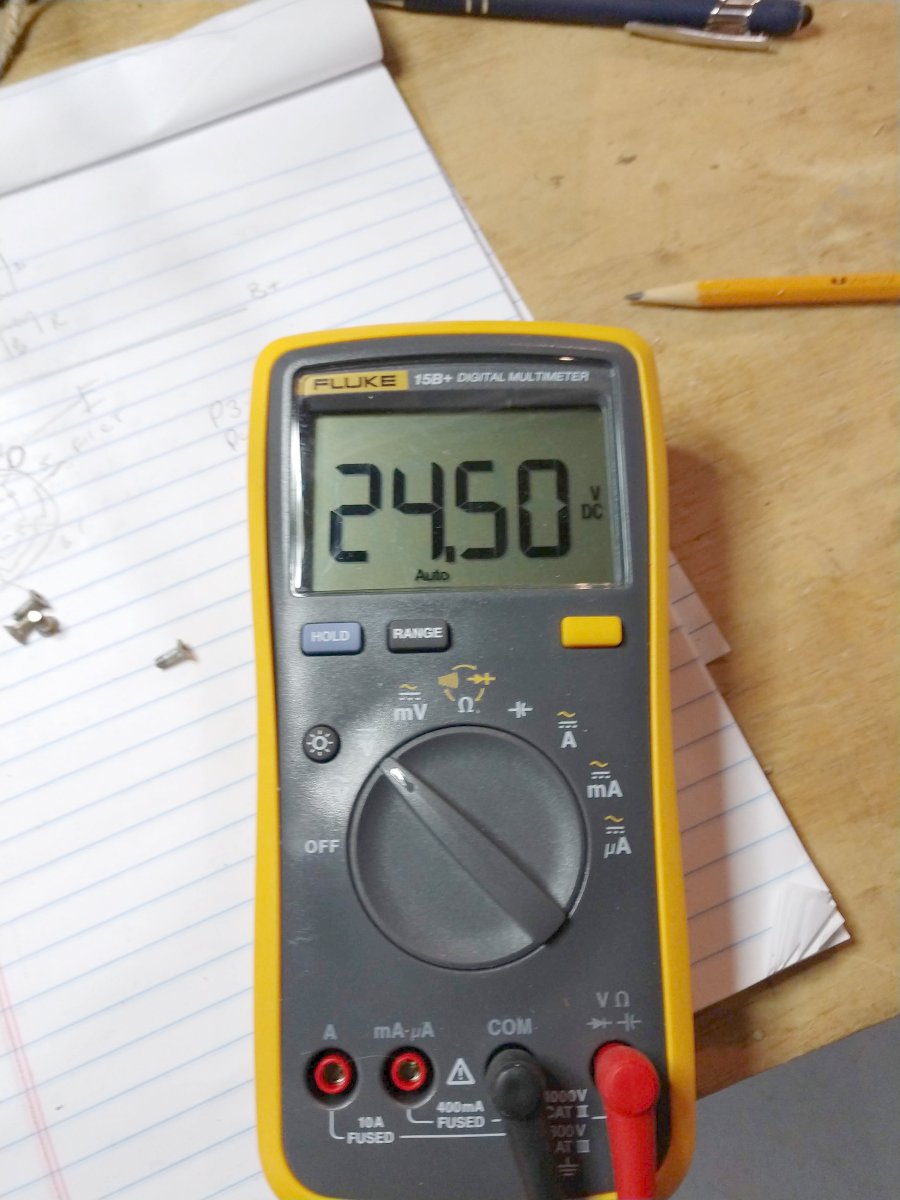
The power output is about 22 watts, which is not bad. That will certainly get out well enough from a high spot and provide good coverage when the power is out because all the other in band RF noise generators will be off.
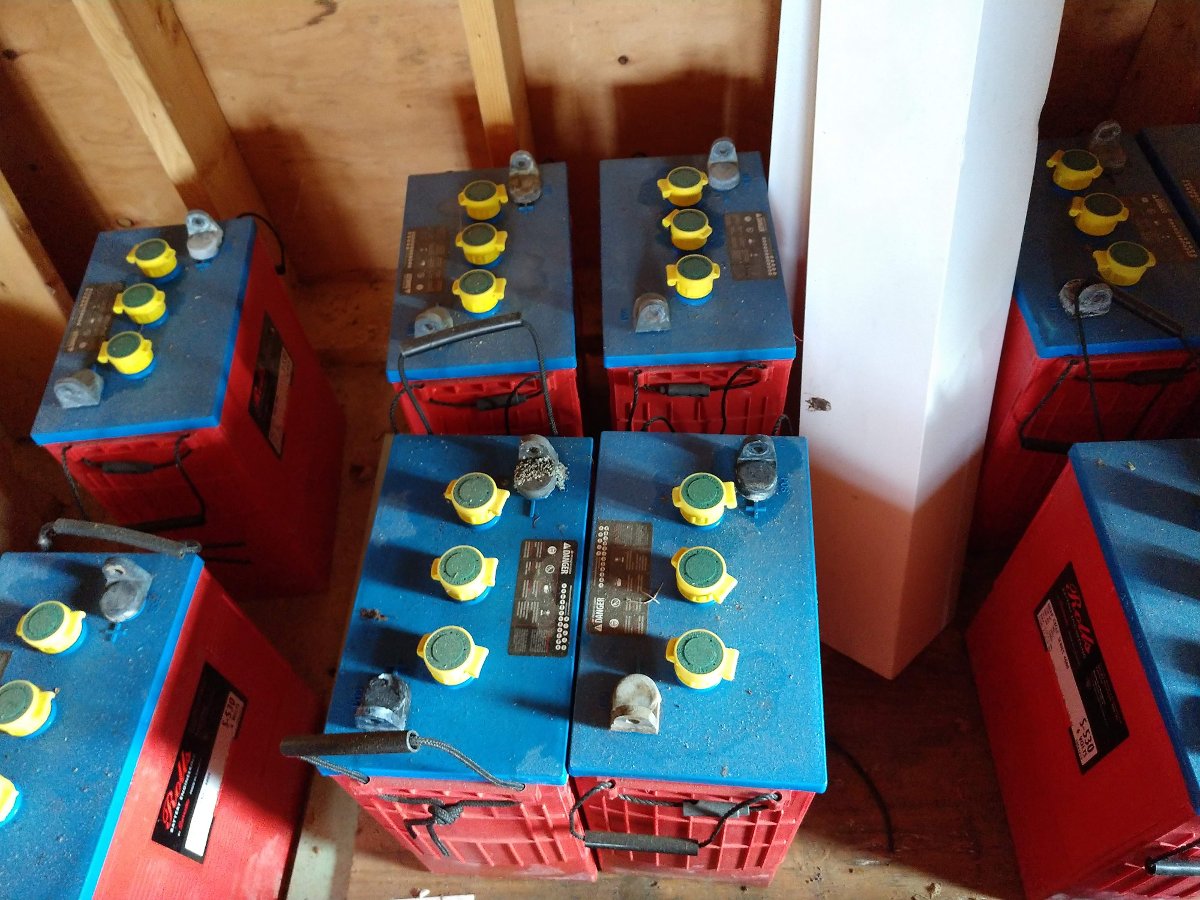
Then I though about the deep cycle batteries in my barn. These 6 volt, 435 Ah units have been around for a couple of years, but last I checked, they still held a charge. Other deep cycle batteries from things like golf carts, fork lifts, campers, boats etc could also be pressed into service. The point is, 24 VDC should not be impossible to create.
To keep a charge on the batteries, this solar panel will work:

This setup would require some sort of 24 volt DC charge controller, which I found on Amazon for less than $15.00 US. This charge controller has selectable 24/12 VDC output and also has two USB ports which would be handy for charging hand held devices.
I measured the power draw while the exciter was running 20 watts into a dummy load, it draws 120 Watts.
The final part would be some sort of antenna with transmission line. For this situation, a simple wire center fed dipole hung vertically would work well. This can be fabricated with two pieces of copper wire and a few insulators.
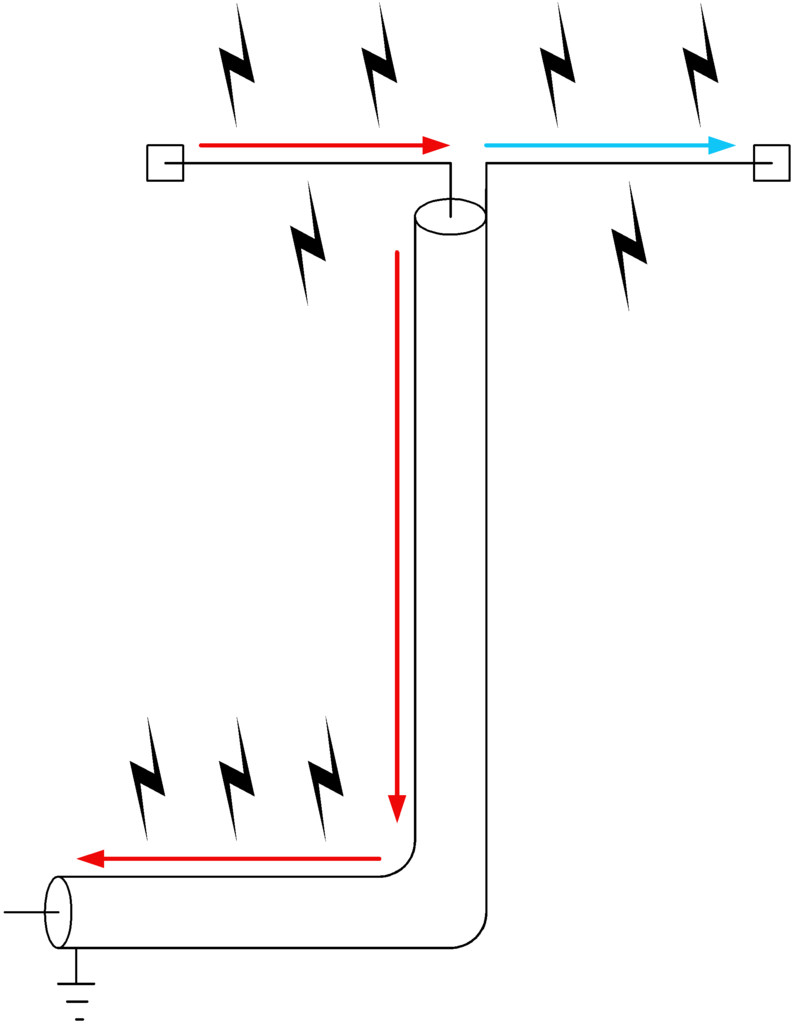
The lengths of each wire can be calculated as follows:
Approximate length in feet: 234/f (MHz)
Approximate length in inches: 2808/ f (MHz)
Approximate length in cm: 7132/f (MHz)
For the FM band, maximum length of wires needed will be 32 inches (81 cm). Insulators can be made of anything that does not conduct RF; PVC, ABS, dry wood, dry poly rope, etc.
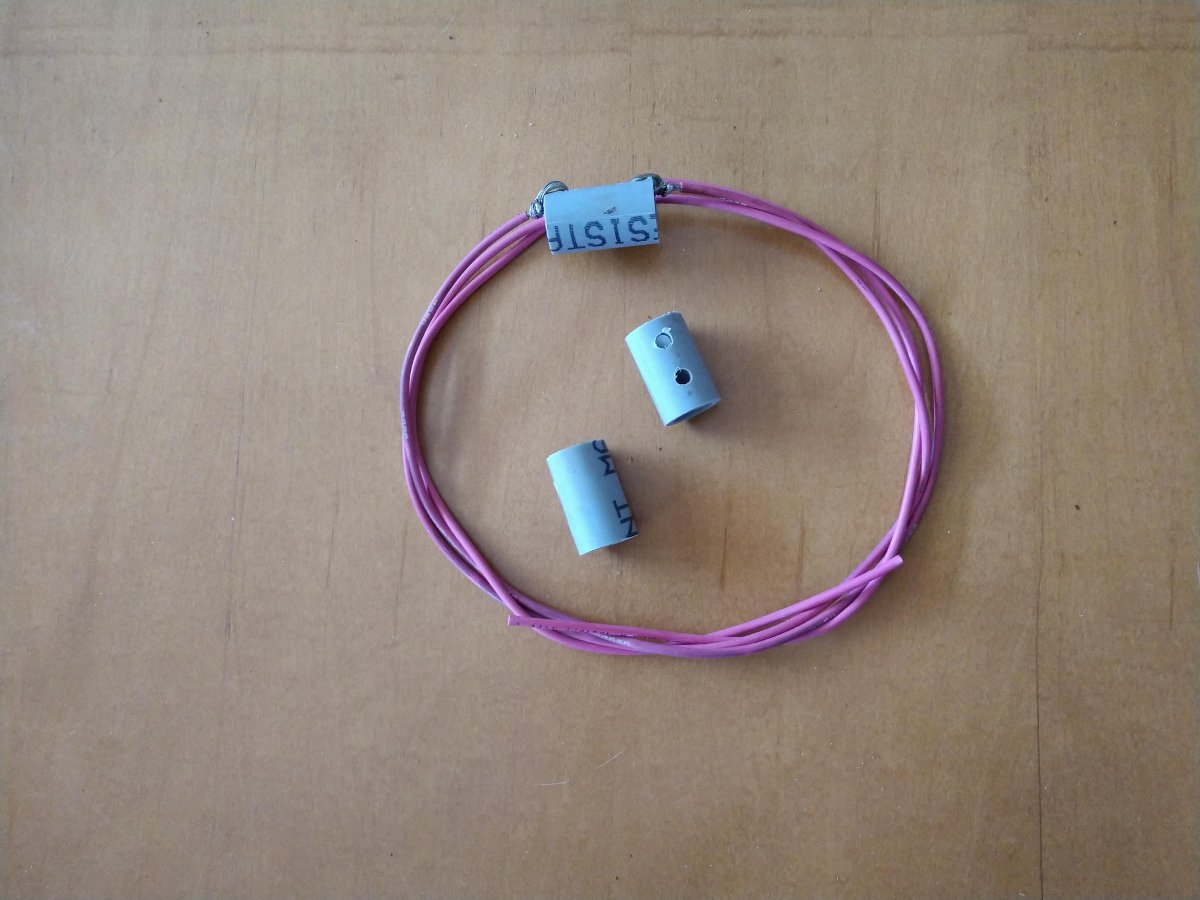
I recommend to cut the wires slightly long, then trim little bits off of each end while watching the reflected power meter on the exciter. To keep RF from coming back down the shield of the transmission line, make 8-10 turns, 6-8 inches in diameter of coax as close to the antenna as possible and secure with a wire tie. This will create a balun of sorts.
My emergency FM kit consists of:
- Bext Frequency agile exciter
- 30 feet, RG-8 coax with N male connector on one end
- 4 ten foot RG-58 BNC male jumpers
- 1 four foot LMR-400 N male jumper
- Dipole antenna, cut long
- Solar charge controller
- Small basic tool kit; hand tools, plus DVM and soldering iron
- Power cords, extension cords
- 300 watt 12VDC to 120VAC inverter (pure sine wave)
- 20 feet audio wire
- Various audio connectors; spade lugs, XLR male and female, RCA, 1/4 TRS, etc
- Various RF connectors; PL-259, N, BNC, etc
- Bag of 12 inch wire ties
- 3 rolls of 3M Scotch 88 electrical tape
- 100 feet of 3/8 inch poly rope
This is all kept in a sturdy plastic storage bin from the Home Depot. If needed, the batteries and solar panel are stored in the barn along with an assortment of other goodies.
Will it ever be needed? Well, I hope not. However, it is much better to be prepared to restore services than wait for somebody to show up and help. Sitting around complaining about the government does not relieve those people in need during and after a disaster.

